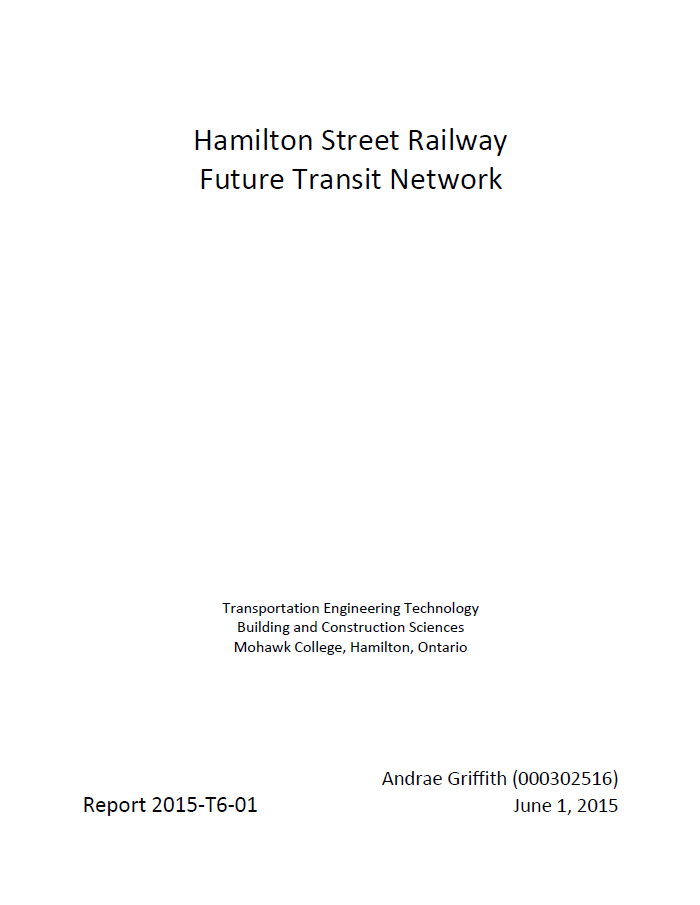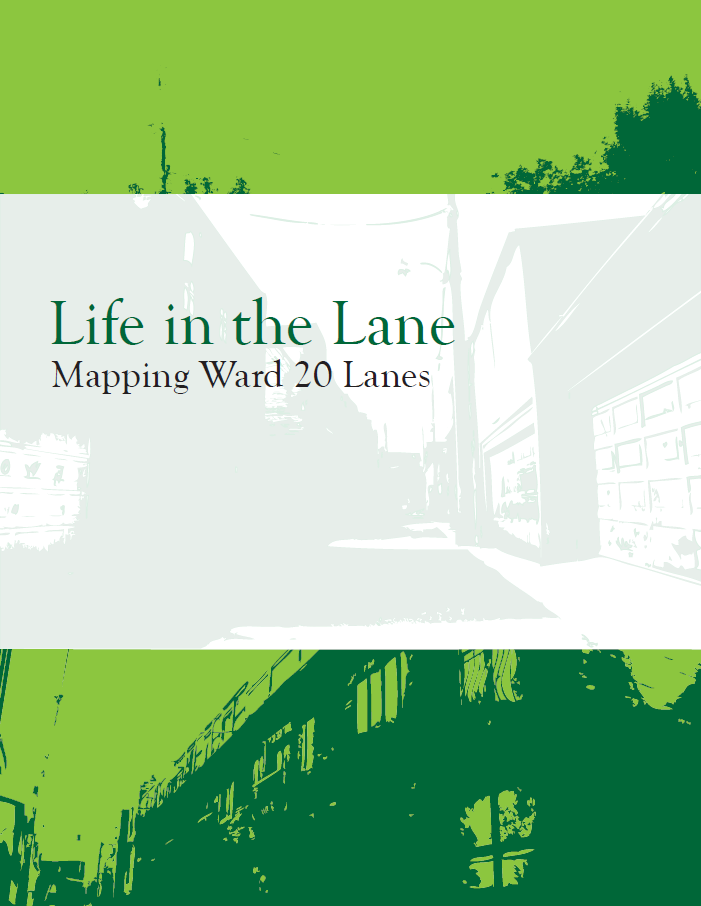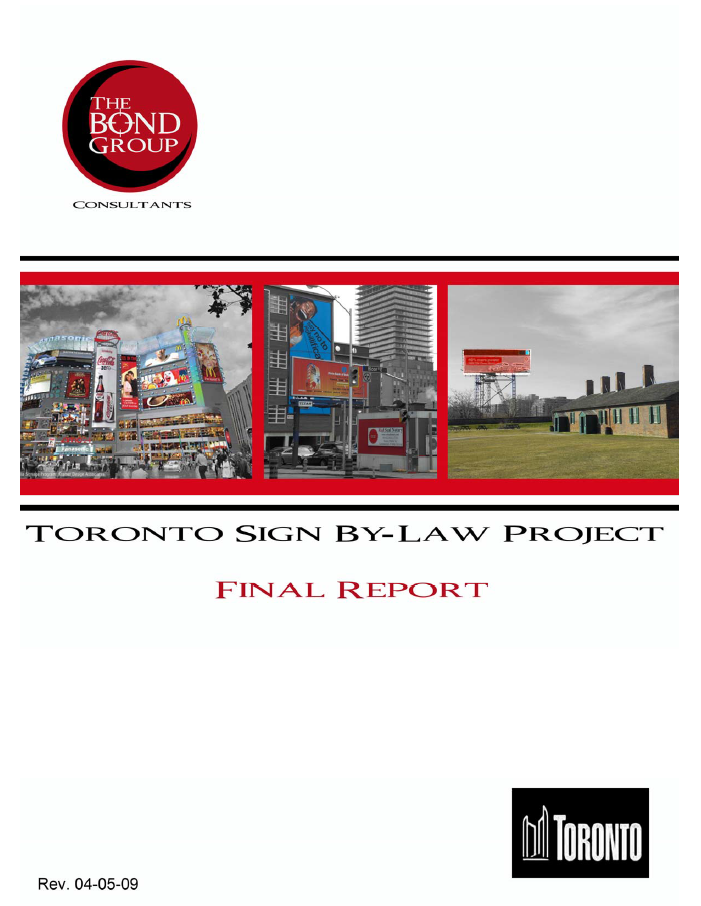



Bio
Andrae Griffith
About
Bio
Andrae Griffith
About
Andrae Griffith is an innovative urban transportation professional with an education from both the planning and the engineering sides of the industry.
His Bachelor's Degree in Urban & Regional Planning (Ryerson University, 2010) gives him a deep understanding of how land-use, transportation and environmental planning intersect, and it gives him a strong background in research analysis, policy development, technical planning and development review.
His Advanced Diploma in Transportation Engineering Technology (Mohawk College, 2016) gives him an intimate knowledge of all modes of transportation, and it gives him a strong background in engineering design, transportation systems management and demand modelling.
His employment and volunteer positions within the transportation industry has allowed him to hone his planning and engineering skills, and has allowed him to help find innovative solutions to a wide range of transportation problems including:
Traffic calming and improved active transportation near schools (City of Surrey)
Reducing traffic cut-throughs and improving barrier-free access to schools (City of Toronto)
Medium-term transit network review for the Northeast Sector and Downtown Vancouver (TransLink)
Transportation impact analysis and parking reduction justification for urban development across Ontario (IBI Group)
He has a deep understanding of global best practices in transportation, and can adapt them for use in locations ranging from large metropolitan regions to rural areas - all while balancing the needs of citizens, the economy and the environment.
Outside of the industry, Andrae enjoys cycling, travel off the beaten path, photography, local history, and sampling craft beer.

Academic Projects
Academic Projects
Academic Projects
Academic Projects
Andrae published several academic reports during his time at Ryerson University and Mohawk College.
"Life in the Lane: Mapping Ward 20 Lanes" examined the laneways and alleyways in Toronto's Ward 20 (Trinity Spadina) to determine where they are, who is using them, and what they could be used for in the future. Going beyond laneway housing, this report examined ways to animate Toronto's hidden spaces. This report was awarded the IBI Group Award for excellence in professional practice.
"Toronto Sign By-Law Project" examined neighbourhoods with distinct character that could be lost without tailor-made sign and billboard rules. This project developed a criteria for identifying these neighbourhoods, proposed a list of candidate districts, and offered guidance on how sign and billboard rules can help celebrate history and culture. The recommendations of this report were incorporated into the harmonized Toronto sign by-law.
"Hamilton Street Railway - Future Transit Network" re-imagined the transit network in Hamilton, Ontario using west coast transit planning philosophies. Using TransLink's network management principles, the existing Hamilton network was audited, a post-LRT network was developed, and preliminary network cost and performance figures were calculated. This report was featured on Raise The Hammer and the Remix blog.

Railway Map Project
1938 Railway Map Project
Railway Map Project
1938 Railway Map Project
In the years before the Second World War the train was the best way to travel - whether for a cross country vacation or simply commuting to work from outside of the city. Today, the passenger rail services provided by Amtrak, VIA Rail Canada and the commuter railroads are a fraction of their former selves. Many rail lines have been abandoned and have been built over or left for nature to reclaim, and most stations have either been demolished or have been left to decay. A select few lines live on as trails and some stations have been converted to homes, businesses or museums, but they will probably never see a train rumble past again.
The 1938 Railway Map Project seeks to preserve our railway history by mapping the lines as they were just as the Great Depression was giving way to war in Europe. It will help explain why certain towns merely exist and why other grew into big cities, and it may give us insights into the lost routes that might have a role in a sustainable transportation future.


